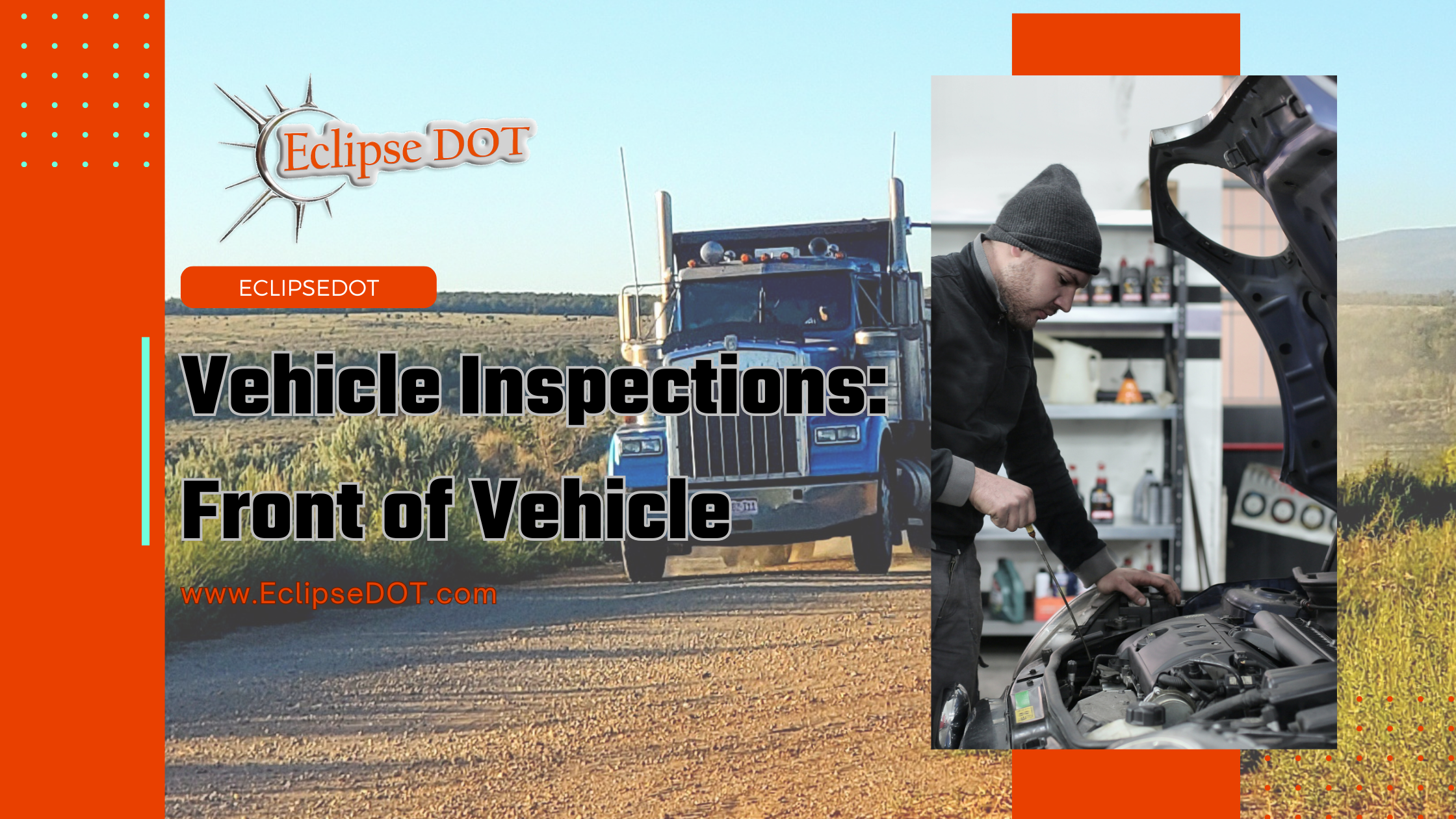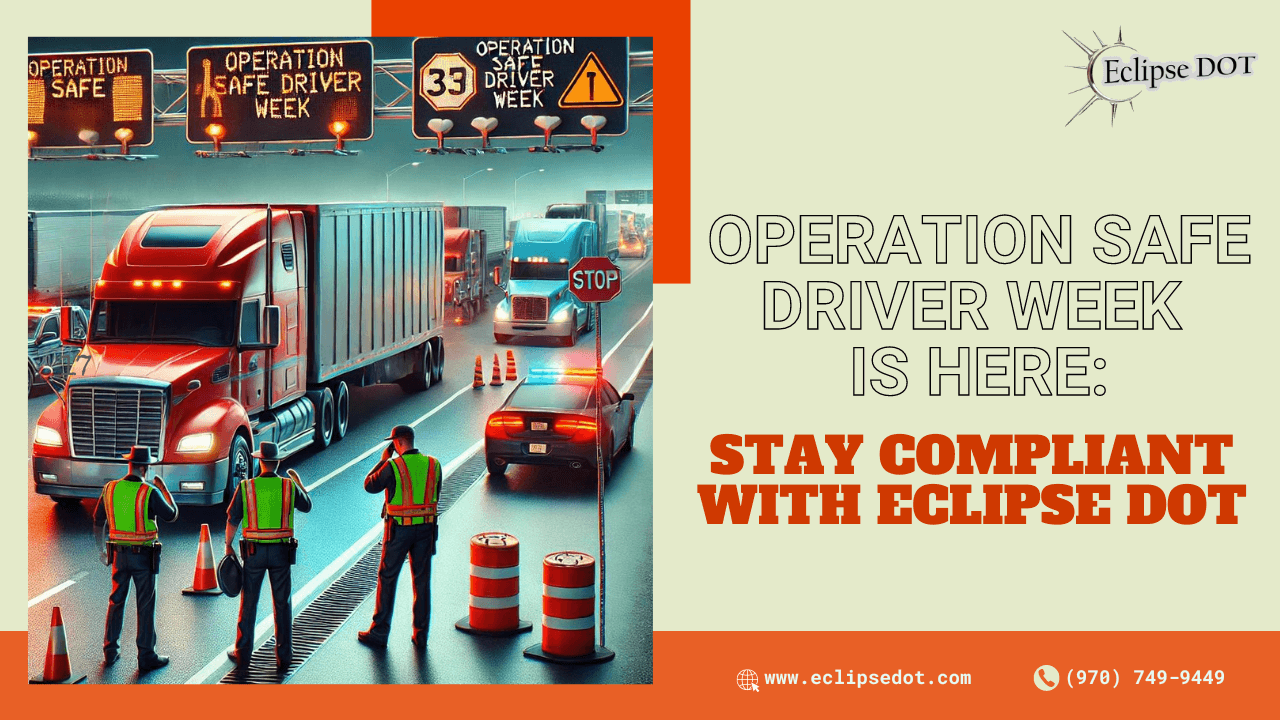Vehicle Inspections Front of the Vehicle
A Comprehensive Vehicle Engine Compartment Inspection Guide
Now, let’s shed some light on your front-end components. Your headlights, turn signals, clearance lights, and fog lights are your beacons in the dark. Inspect them for cracks, chips, or loose fittings. Remember, in CDL skills tests, it’s not just what you inspect but also what you verbalize.
Under your truck, look out for puddles, leaks, or drips. Any signs of fluids escaping are red flags that demand immediate attention.
Moving under the hood, we arrive at the engine compartment, the heart of your truck’s performance. Start from the top and work your way down. Begin by checking the engine oil. A simple dipstick test ensures it’s between the “add” and “full” marks, but follow your company’s oil change policies diligently.
Next, inspect the air filter. It should be securely mounted and in good condition. Moving on to hoses, look for ABCs—abrasions, bulges, or cuts. Any damage can lead to air or fluid leaks, so act promptly.
Steering components are the backbone of your control. Check the power steering fluid level and assess the drag link, pitman arm, steering box, steering shaft, and associated hoses. They should all be firmly mounted, free of cracks, bends, or breaks.
The air compressor is a safety lifeline, supplying air to your brake system. Its impeccable condition is non-negotiable.
Coolant is vital for engine health. Ensure the reservoir is filled properly and securely mounted, with no leaking hoses.
Inspect the water pump, especially if it’s belt-driven. The belt should show no signs of fraying, cracking, or slipping.
Lastly, scrutinize the alternator. Just as you wouldn’t ignore exposed wires at home, ensure there are none here and verify their secure mounting.
This comprehensive engine compartment inspection guarantees not only your safety but also the safety of others on the road. Remember, safety starts under the hood. So, keep the rubber side down, and here’s a checklist to guide your engine compartment inspection, ensuring nothing slips through the cracks. Stay safe out there!
Ready to explore more about these topics? Click here to dive deeper into eclipsedot.com/articles and drive your knowledge to new heights!





